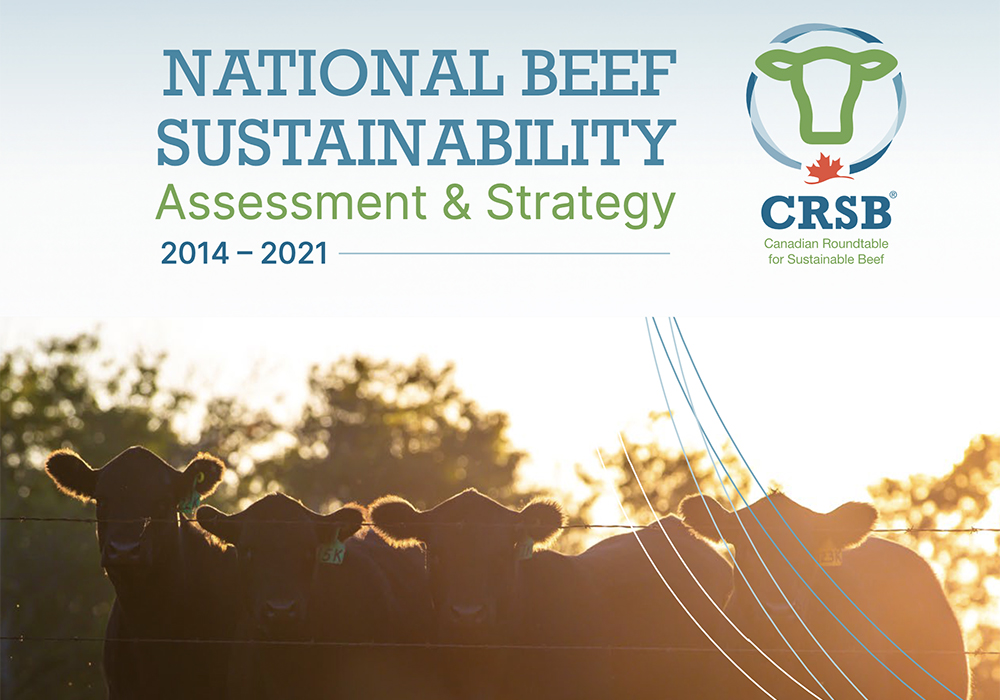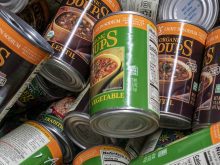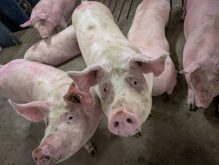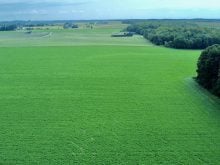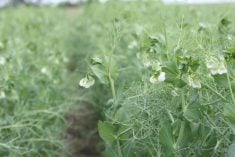CALGARY – A report tracking the Canadian beef industry’s progress on sustainability says the sector has reduced greenhouse gas emissions by 15 percent for each kilogram of boneless and consumed beef between 2014 and 2021.
The second National Beef and Sustainability and Assessment and Strategy Report was released today by the Canadian Roundtable for Sustainable Beef during a virtual news conference. It demonstrates how the industry is on track to meeting its goal of a 33 percent reduction in greenhouse gas emissions by 2030, said roundtable chair Ryan Beierbach.
Related stories:
- Beef gets good sustainability grade
- Updated Certified Sustainable Beef Framework released
- Beef sector wants to clarify lab meat claims
Read Also
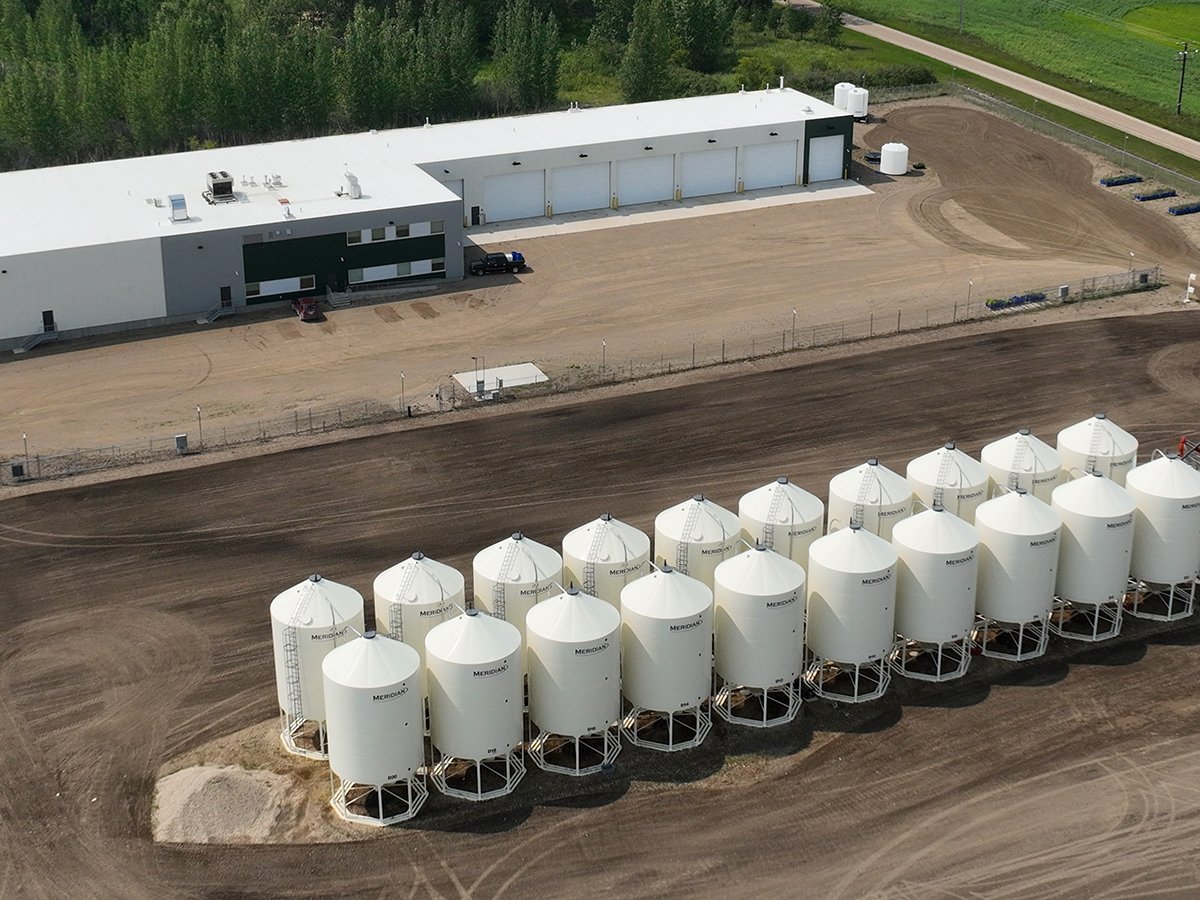
Saskatchewan firm aims to fix soil with compost pellets
In his business, Humaterra, Leon Pratchler is helping farmers maximize yields in the weakest areas of their fields through the use of a compost pellet.
The report was completed as part of more than $2.5 million in funding to the roundtable by the federal AgriAssurance Program-National Industry Association Component, which is an initiative of the Sustainable Canadian Agricultural Partnership. The roundtable has committed to updating the report every seven years, with the current edition representing three years of scientific analysis.
The first edition was commissioned in 2014 and released in 2016. It provided a baseline of the beef industry across environmental, economic and social parameters to help measure progress for future assessments.
There was a reduction in the industry’s carbon footprint between 2014 and 2021, which included carbon dioxide, nitrous oxide and methane, said Tim McAllister, principal research scientist at Agriculture Canada. The finding that there were 15 percent fewer greenhouse gas emissions in 2021 for each kilogram of boneless and consumed beef is comparable to earlier progress achieved over a 30-year period, he said.
The report also found that it took 177 kilograms less blue water to produce one kilogram of boneless and consumed beef in both Eastern and Western Canada, he said. McAlister told the news conference such water is associated with sources like irrigation and well water.
“There’s been a reduction in the use of fossil fuels as well, a reduction in fresh-water eutrophication, which is mainly associated with phosphorus, and then also photochemical oxidation, which is related to materials that can cause damage to the ozone.”
These improvements are due to increased efficiency by the beef industry as a result of factors such as cattle needing less time to grow to market weight and for processing, said McAllister. As a result, they use fewer resources such as land, water and feed, he said.
Although the beef industry occupies about 40 percent of Canada’s agricultural land, about 84 percent of that figure involves pasture that is largely in its original state, he said.
“It holds about 1.9 billion tonnes of soil organic carbon, storing nearly 40 percent of the total soil organic carbon in Canada’s agricultural land, so that really represents a very significant source of carbon that we want to retain in those lands as well.”
Land used by beef producers makes a significant contribution to biodiversity and wildlife capacity, said McAllister.
“Actually, beef’s share within that capacity has increased over that seven-year period (of 2014 to 2021). That’s because we’ve seen a reduction in some of the other lands as conversion has continued.”
When asked about pressure from the public and policymakers on issues such as reducing emissions and improving the treatment of animals, Beierbach said it wasn’t so much pressure as scrutiny, “so we’re definitely closely watched in what we do.”
The Canadian beef industry does a “really good job of producing beef with a low environmental footprint. We’re a country where we’re predominantly grasslands naturally, so it’s not like we’re having to convert land to raise beef,” he said.
“It really fits into the ecosystem, while on the animal welfare side of it, we’ve got strong regulations and a good understanding on the producer side on what we need to do to take care of animals … and I think we learn new things and we improve our techniques on everything from grazing to taking care of animals and vaccines to keep them healthy.”
Contact doug.ferguson@producer.com


